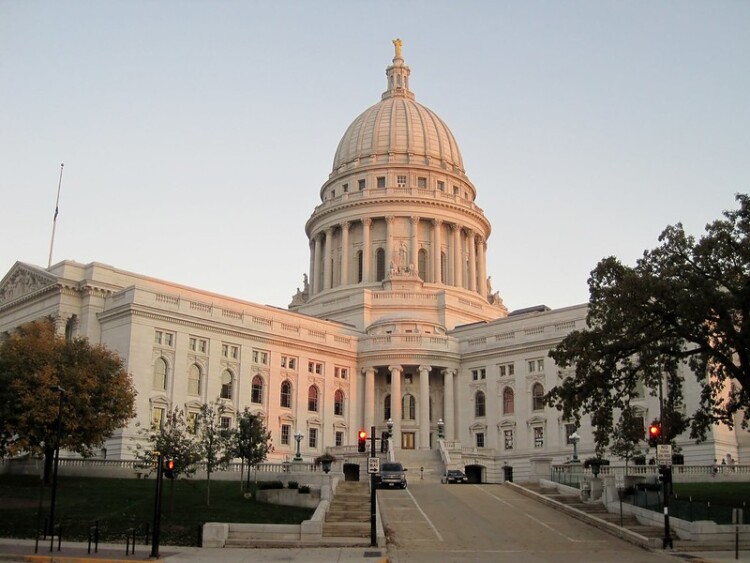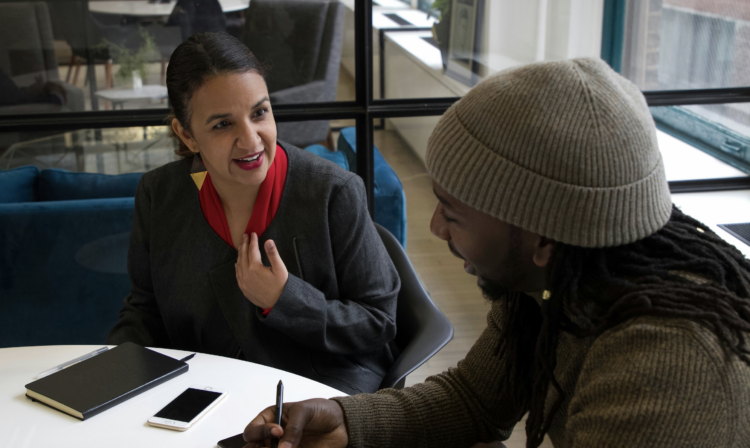Researchers often ask how they can get their research used. Many of us have devoted our careers to research because we think research can and should make a difference in the world. And yet, we struggle with making those aspirations a reality. Here are five lessons my colleagues and I have learned through a decade of work at the William T. Grant Foundation to bridge research to policy.
Forget dissemination, foster engagement!
If we think the challenge is dissemination, I fear that we have already lost the battle. Dissemination is unidirectional. It implies that researchers just need to spread their work to policymakers in order to have it used. But this model of communicating research relegates decision makers to the role of passive recipients. Consider this quote from Michael Marmot of University College London:
“… a simple prescription would be to review the scientific evidence of what would make a difference, formulate policies, and implement them—evidence-based policymaking. Unfortunately, this simple prescription, applied to real life, is simplistic. The relation between science and policy is more complicated. Scientific findings do not fall on blank minds that get made up as a result. Science engages with busy minds that have strong views about how things are and ought to be.”
In order for research to be used, we need to foster engagement between researchers and policymakers. Dissemination is a one-way street. Engagement is a two-way street. Engagement requires that researchers and policymakers have back-and-forth interactions. They dialogue. They debate. They develop shared interpretations of what research means for particular policy problems.
Plan from the beginning, not at the end.
If you want your research to be used, it helps to start out on solid footing. Don’t wait to begin planning until the end of the project when you have research findings. Start the study by identifying whom you want your findings to inform. Which policymaker, making what kinds of decisions? Then craft research aims that speak to those audiences, their needs, and the questions on their minds. This will improve the chances that your research is policy-relevant and your findings have a receptive audience.
But don’t lose sight of theory as you delve into policy-relevant work! At its best, research is cumulative—it builds and tests frameworks for explaining real-world phenomena. As you converse with policymakers, listen for their theories of action. Link what they are saying to what you know from social science theories and empirical work. Design research that tests their assumptions and your own. Build our aggregate knowledge.
Contextualize the research.
In order for research to be used, it has to have meaning for particular policy problems and circumstances. It’s not simply about passing research “facts” to decision makers. Research findings have to be interpreted, and they must be transformed into implications. Policymakers need to determine whether the research results have relevance to the issues they are facing and the specific decisions before them. They need to discern what research conducted elsewhere suggests for their children and families, local context, and available resources. Researchers and policymakers can be jointly engaged in that interpretation.
Build trust
To do any of the above, researchers and policymakers need to trust one another. Too often, academic researchers are seen as outsiders looking in, with a wagging finger and pronouncements of what should be done; and policymakers are viewed as political actors who don’t value evidence. Policymakers want to work with people who are sensitive to the issues they face and the context in which they work. They go back to people who consistently demonstrate that understanding and haven proven helpful in the past. They consider whether the researchers will share findings with them before releasing the results to the media or others. Agencies want time to develop a thoughtful response rather than scramble in the midst of a media frenzy.
Policymakers work in a political context (so do researchers, but that’s a topic for another post). It shouldn’t be surprising when political calculations shape a decision. Instead of treating politics as the enemy of evidence, let’s focus on how politics matters and how research can enhance the political process.
Partner
No one can do it all. Partner with the policymakers you seek to influence, or collaborate with the advocacy organization that is pushing for reform. Develop joint research agendas that meet your shared interests, draw on pooled expertise, and establish a joint commitment.
For early career researchers, I suggest starting small. There is no shame in building your research skills and credibility first—after all, those are the assets you bring into a partnership. But even as you hone your researcher credentials, spend time learning about the policy issues that matter to you. Whenever possible, go to the source—don’t just learn from books, articles, and pundits. Spend a day shadowing an agency leader, see what challenges and opportunities they face on a daily basis, and observe how they navigate the policy process.
And for more senior researchers and institutional leaders, let’s build the organizational and professional capacity to produce more useful research and to collaborate with policymakers. Let’s create the learning opportunities that so many young researchers seek and that propels them to pursue research careers in the first place. We can do a much better job of lining up our incentive and training systems with our aspirations for research use.





